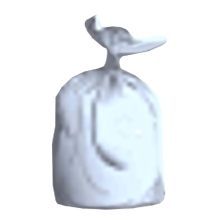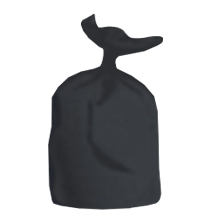Monday 09 January 2023
The Committee for the Environment & Infrastructure has submitted the States Strategic Housing Indicator, 2023-2027 policy letter to be debated by the States.
The States Strategic Housing Indicator (SSHI) sets out the total number of additional accommodation units that should be created each year if Guernsey is to meet its housing need - in other words, the projected accommodation requirements over the coming years of the Island's population in terms of both housing tenure (i.e. private market, social rental or partial ownership), and size (i.e. the number of bedrooms), taking into account the housing that we already have. This is more detailed and useful than previous housing indicators have been.
The indicator has been informed by a housing needs model (newly developed in-house, meaning neither consultants nor additional funding were needed) that reflects the most recent population and household data available and incorporates the assumed net migration rate of +300 a year, as resolved by the States in October 2022. It effectively illustrates the gap between the amount and type of housing that the Island already has and the amount and type of housing that our community needs (or will need over the next few years) in order to be adequately housed. This helps to inform more accurately decisions by housing providers, developers, planners and politicians that will in turn provide the accommodation to meet that need.
The policy letter proposes that the SSHI is set at creating 1,565 new units of accommodation between 2023 and 2027, which is an average of 313 additional units of accommodation each year. This indicator is made up of 844 units of private market accommodation (the Private Market Indicator) and 721 units of affordable housing (the Affordable Housing Indicator, which represents the housing needs for social rental units and partial ownership).
By also better reflecting the number of bedrooms needed by Guernsey households, the indicator supports a pragmatic move towards more efficient use of our housing stock and our limited land supply.
Deputy Lindsay de Sausmarez, President of the Committee for the Environment & Infrastructure, said:
"Since housing need surveys were introduced in Guernsey in 2002, we have generally been reliant on external consultants to calculate the indicator for housing need. It's brilliant that, for the first time, we are able to carry out this work in-house, without the need to request any additional funding from the States. Another huge benefit of our in-house model is that it makes it possible to review our housing need on a yearly or as-needs basis.
"I'd like to stress that the housing indicator is not a target: we are not saying that we must build over 1,500 homes. This is an indicator that helps us understand the extent to which Guernsey's housing need is being met, and is a very useful tool not just for developers but also for the Development & Planning Authority as they consider planning policies and the Committee forEmployment & Social Security as they consider the development of affordable housing."













